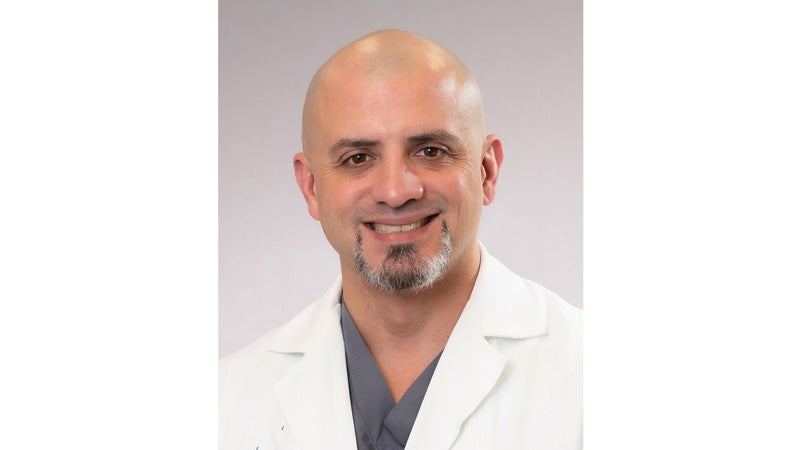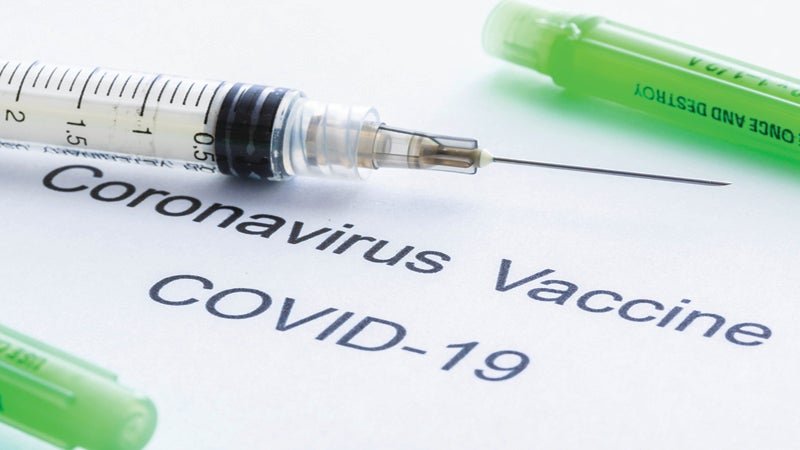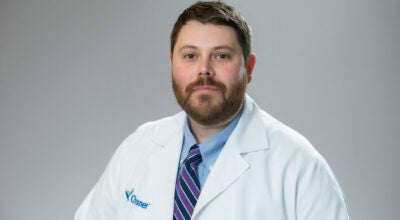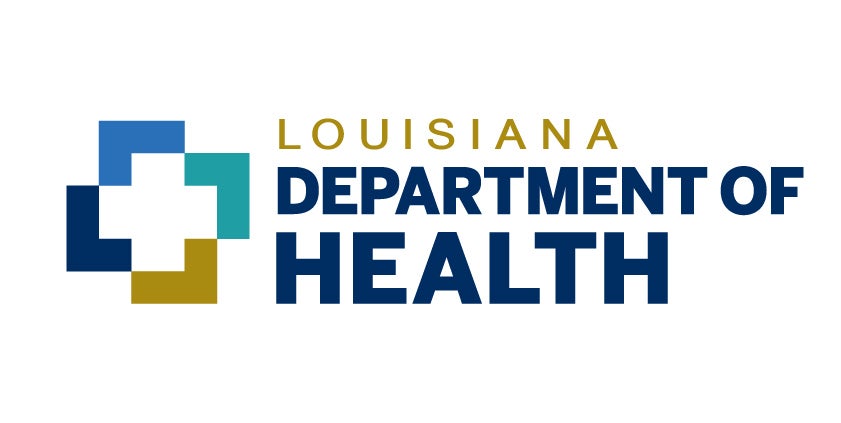Bonilla: PAD symptoms and treatment options
Published 7:01 am Saturday, September 19, 2020
|
Getting your Trinity Audio player ready...
|
As the number of seniors in America continues to rise, so has the frequency of vascular, or blood vessel, issues. According to the Cardiovascular Coalition, peripheral artery disease (PAD) affects nearly 20 million U.S. citizens. Roughly 200,000 of these patients are estimated to undergo avoidable limb amputations every year.
PAD is a circulatory condition that occurs when narrowed arteries decrease the amount of blood flow to your limbs. When your arteries narrow, your limbs may not get enough blood to perform the activities you are used to. Decreased circulation can lead to common symptoms such as pain during walking and pain at rest. Muscle pain or cramping can be prevalent, with pain often experienced in the calves of the legs. If left untreated or undiagnosed, PAD can progress, causing lower extremity wounds and ulcers that can become infected leading to gangrene in the most severe of cases.
Without treatment, PAD can result in amputation, stroke and early death if left untreated. There is also a high association of patients with PAD that also develop heart problems. It’s important to see a doctor, particularly a cardiologist, if you are experiencing PAD symptoms.
Cardiologists are doctors who are trained in cardiovascular Diseases, which are circulation problems in arteries and veins. Each person will have symptoms that are unique to them, so everyone who sees a Cardiologist for PAD will get an individualized approach and treatment plan. Initial treatment includes a supervised walking/exercise program and medications. More progressive disease or PAD may require an invasive, non-surgical procedure called an angiogram. The physician will determine each patient’s best opportunity to give them the most significant benefit with the least amount of risk. Our goal is to improve your circulation to keep you active.
Medical management of PAD: There are many ways to treat PAD with non-surgical methods. Medical management options include adopting a heart-healthy lifestyle, eating a balanced diet, quitting smoking, taking certain medications, doing supervised exercise therapy, and performing good foot and skincare.
Some medications used to treat pain during walking have contributed to patient’s doubling their walking distance. These medications work by providing more blood flow to your legs and feet. They also lower your cholesterol and decrease your chance of a heart attack, stroke or blood clot. Supervised exercise therapy has led to longer pain-free walking distances.
Invasive options for PAD: When medical management does not improve symptoms or if the patient’s symptoms are severe, the next treatment option is a procedure called an angiogram. An angiogram is a non-surgical procedure that involves inserting a long, thin tube called a catheter into the arteries and injecting dye to see where the narrowing or blockages are located. Based on the angiogram a minimally invasive intervention may be an option.
Options include:
- Balloon angioplasty using balloons to open the area of narrowing. This allows more blood flow to reach your legs and feet.
- Stent placement allows for permanent scaffolding of the artery so it can remain open longer.
- A CO2 (carbon dioxide) angiogram can be performed for patients with kidney problems. CO2 may be recommended to reduce injury to the kidney during angiograms. The patient can obtain an improvement in their pain without damage to their kidney function.
- Atherectomy, which removes plaque buildup (atherosclerosis) from the blood vessel is often used in conjunction with the above options.
Occasionally, PAD is severe enough to need open surgery. Bypass surgery gives the blood a different path around the blocked artery.
In very severe cases, PAD can lead to significant compromised blood flow to the feet causing progressive wounds and ulcers which can become infected. This is a condition known as Critical Limb Ischemia (CLI) and can lead to amputation.
PAD is a serious condition, but there are treatment options. Reach out to your doctor in order to understand which treatment option is best for you. Don’t let PAD change your way of life!
Dr. Jonathan Bonilla earned a Medical Degree from Universidad Central del Caribe School of Medicine in Puerto Rico, then completed an Internal Medicine internship at Ochsner Medical Center. He went on to complete a fellowship in Cardiovascular Diseases, followed by an Interventional Cardiology fellowship at Ochsner.
He is bilingual in English and Spanish, and is board certified in Cardiology. To schedule an appointment with him at Ochsner Health Center- River Parishes, 502 Rue de Santé in LaPlace, please call 985-652-3500 or schedule online at www.ochsner.org.






